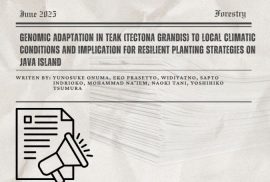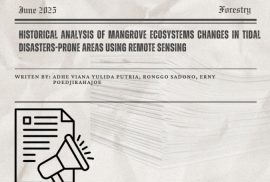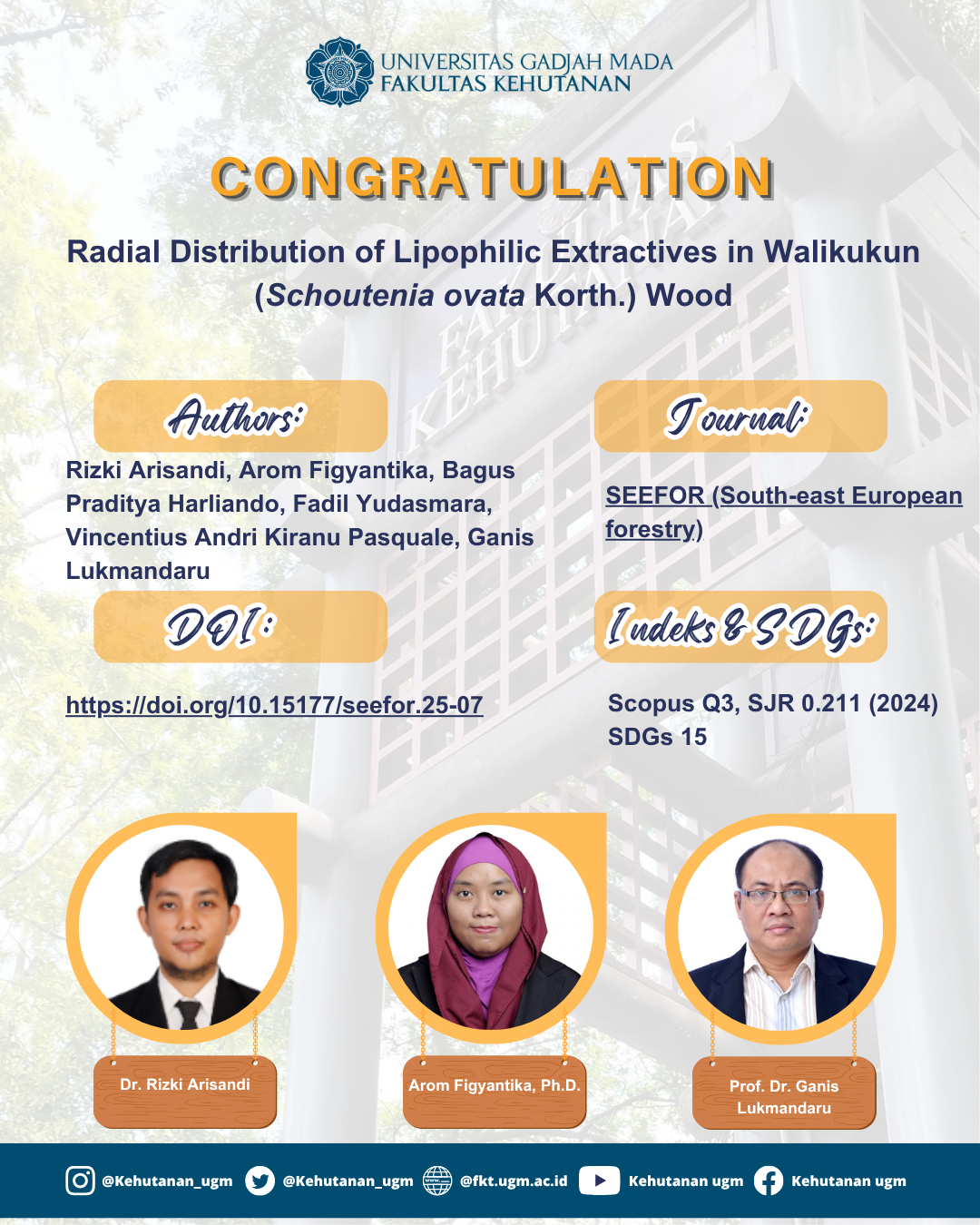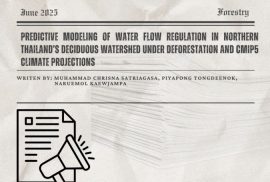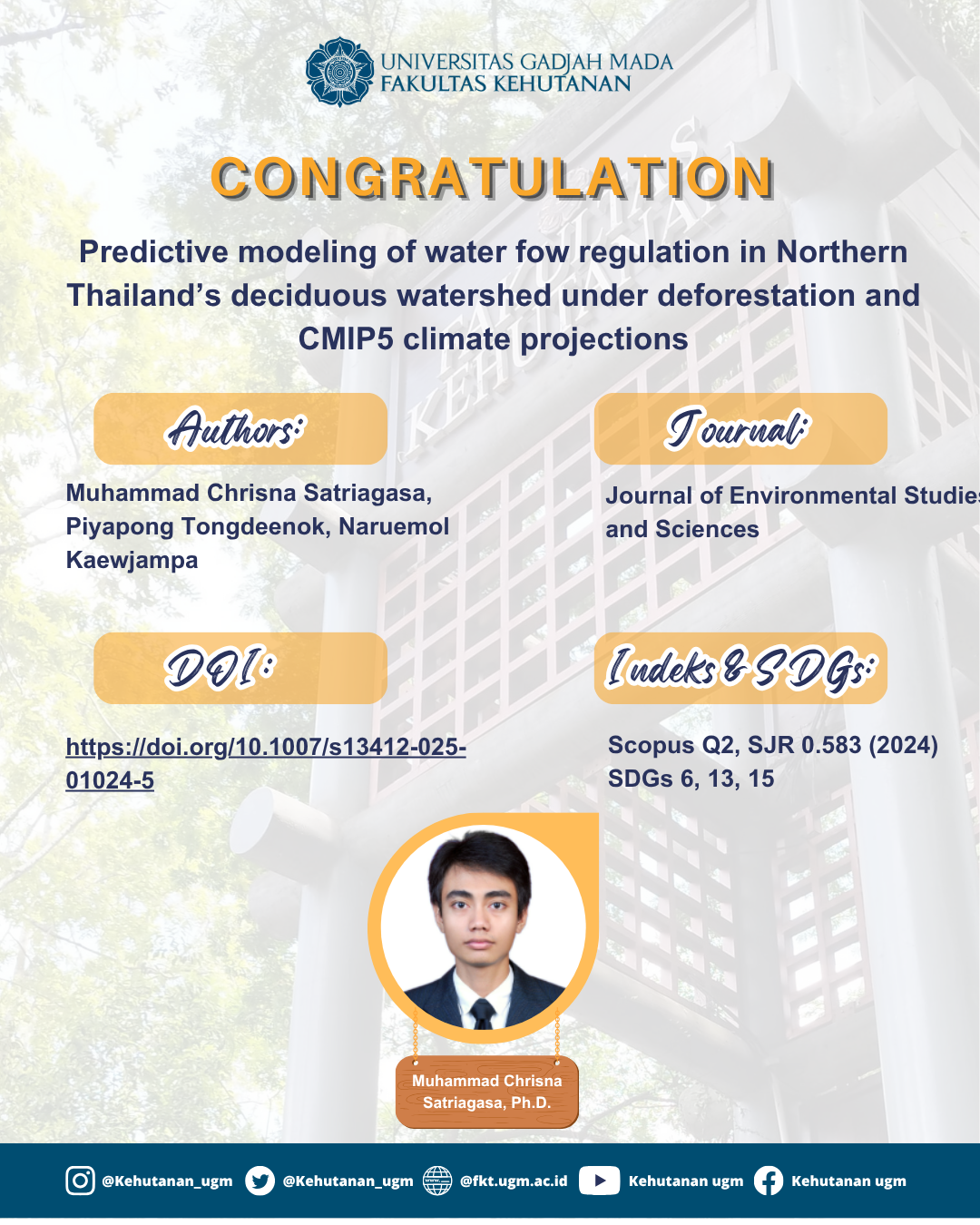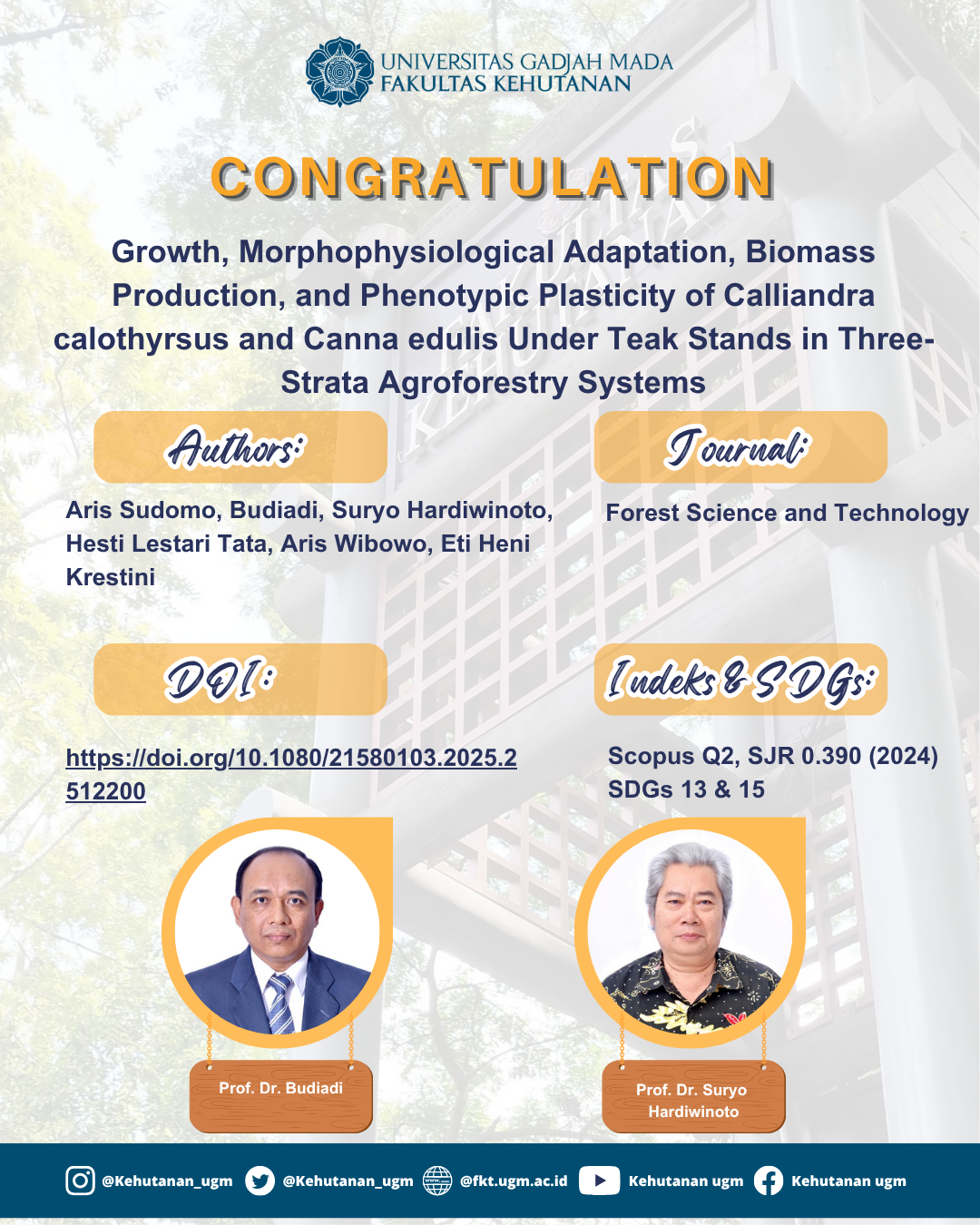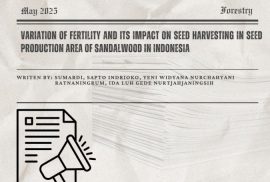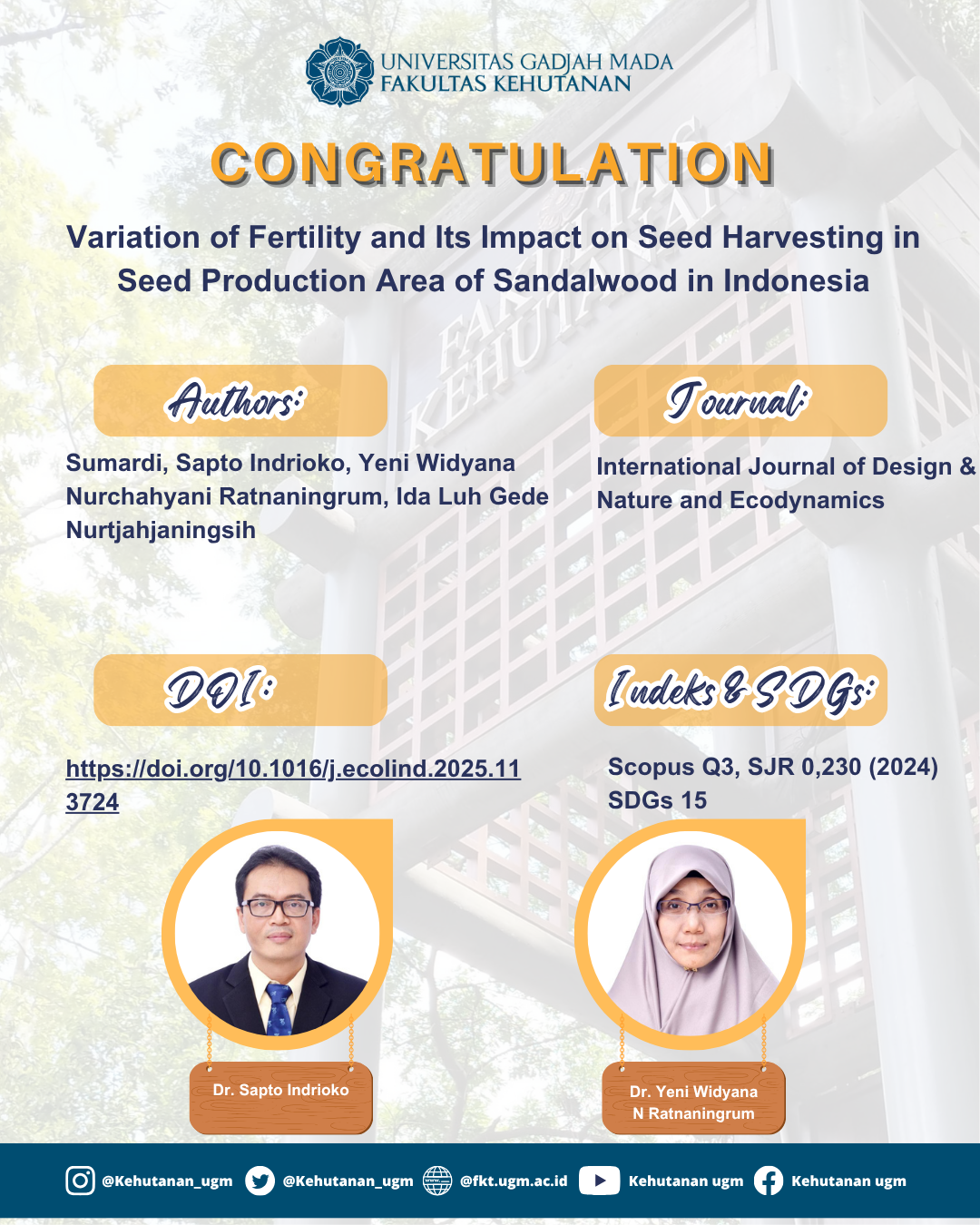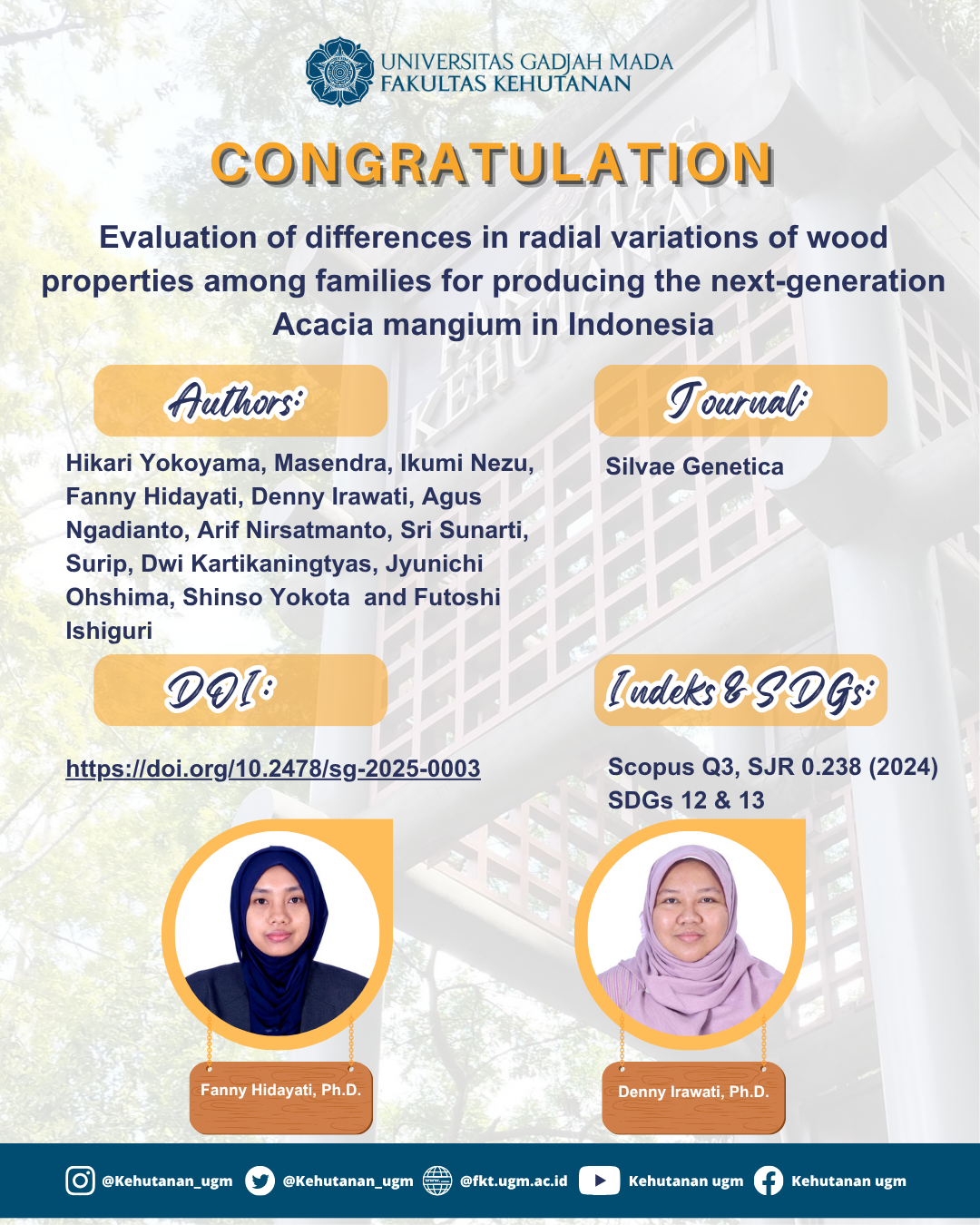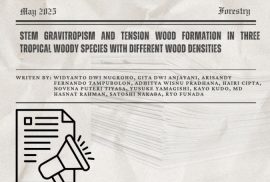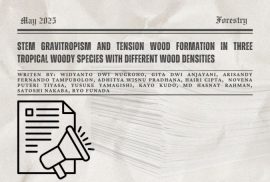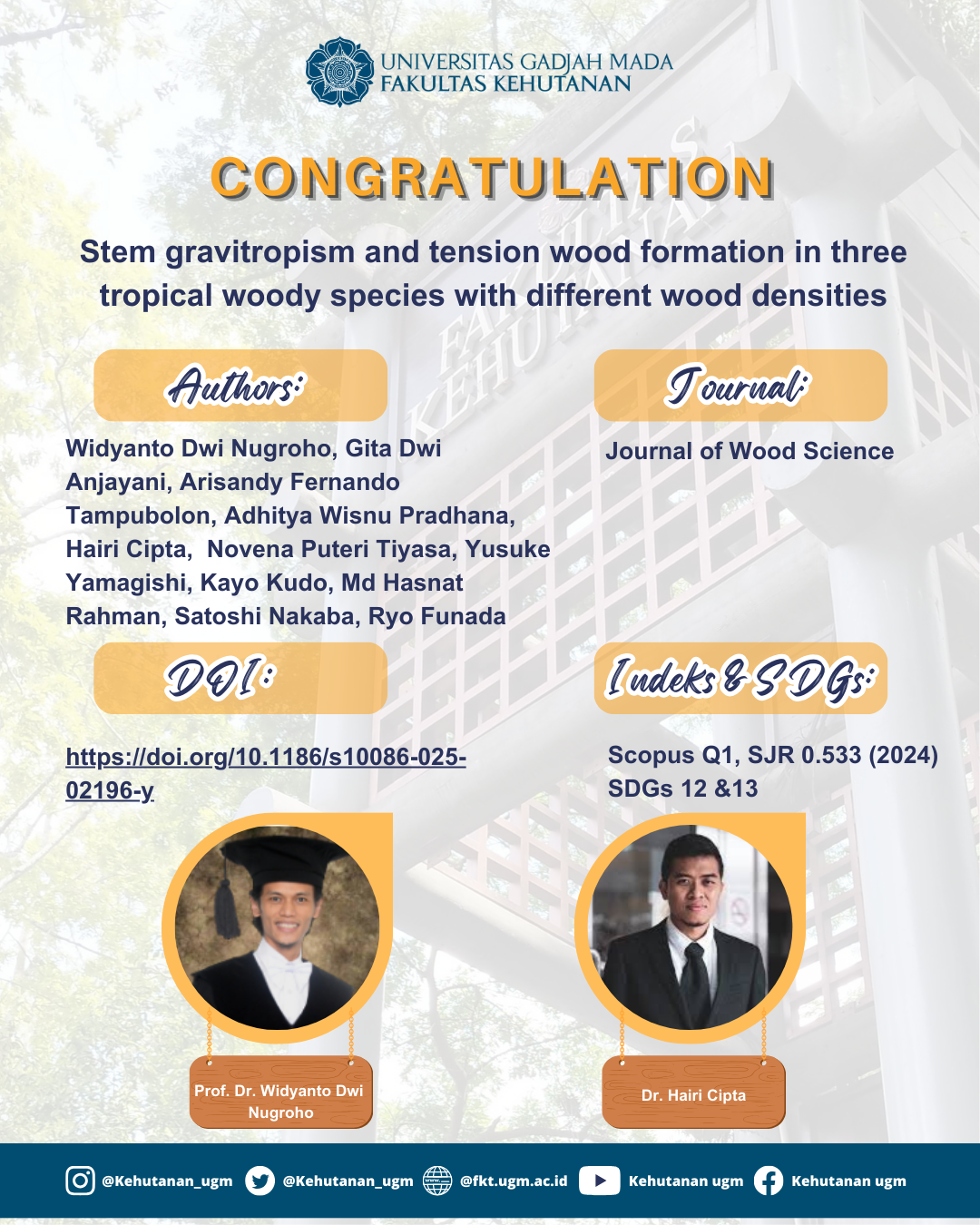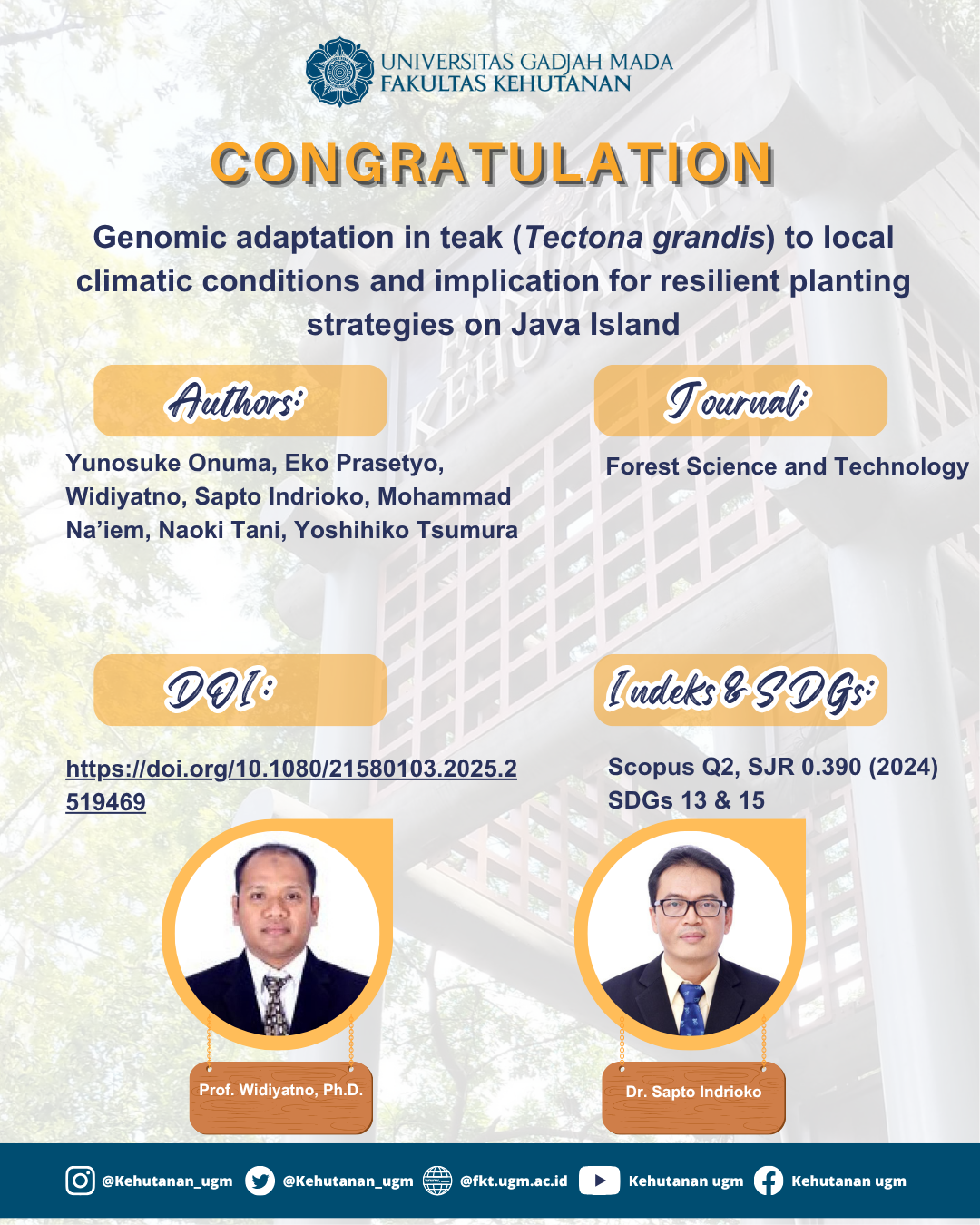
Abstract
Teak (Tectona grandis) is a valuable tropical tree species that is widely planted in more than 65 countries, including extensive plantations on Java Island, Indonesia. Java plays a critical role in global teak production. However, few studies have assessed the genetic diversity and local adaptation of this species using genome-wide sequencing data across its natural distribution and Indonesian landraces. Analysis of genetic structure and local adaptation can

